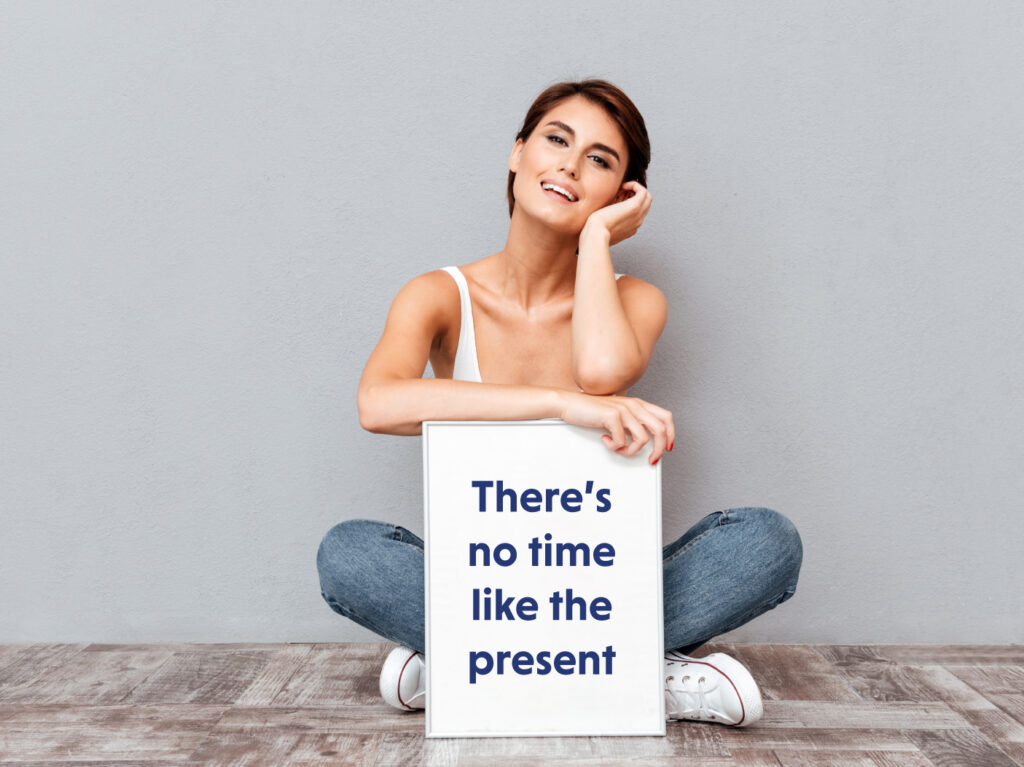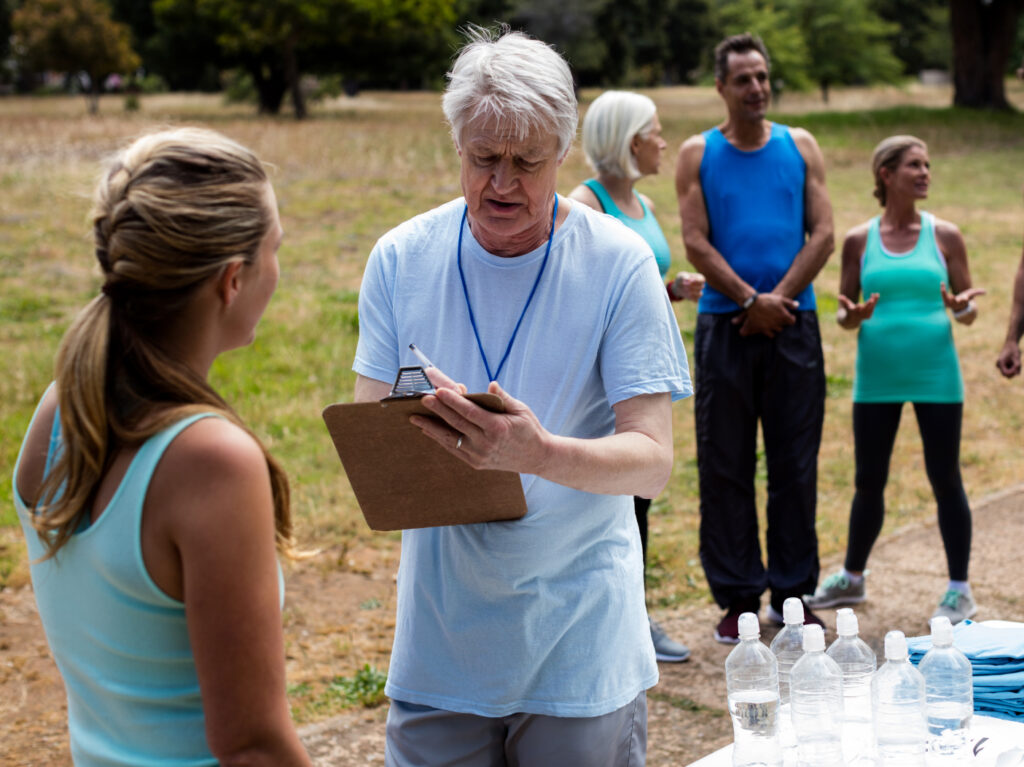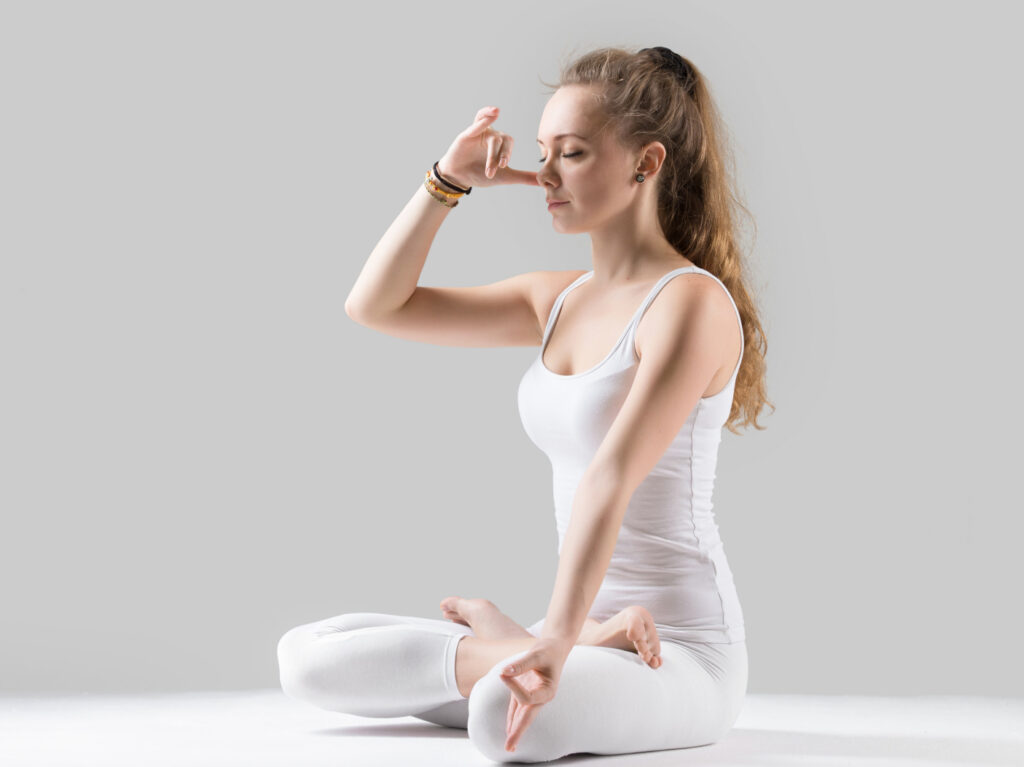In this pandemic, life has become uncertain. Resolutions are fading and excuses have become a routine. Creating a new habit is hard in the beginning. It is the base on which the goals are built on. If you think your discipline has taken a toss, here are a few ways to stick to the habit.
What are habits?
According to James Clear, “Habits are small decisions you make and actions you perform every day”.
Did you know 40% of our daily behaviors are habits?
What are the rules to stick to it?
Start a small one
Have patience and start with a small part of the habit. Don’t try to do too much at once. Build on your progress. For example, if you plan a 5km walk every day at once, you can not walk for 5km. Instead, try out a km on the first day and 2km on the next and keep increasing. This will allow you to succeed and stick to the routine.

One habit at one time
Focus on a single habit at a time. Most people ignore this. It is easy to start more than one habit at once, but sticking to all of them is impossible. It requires undivided focus to stick to a new habit. If you are planning to take yoga lessons daily, stick to it. Don’t mix it with another social or work habit.
Make it daily but just once
Try out the habit only once a day, that too, for a minute or two. Once that habit is ingrained, you can increase the frequency. Do not try to overdo the habit. You might get tired or stressed because of this.
Starting is important
All you have to do is just START. This is what matters in the beginning. If you are planning to meditate, just sit and be silent for a while. If you are starting a healthy diet, keep healthy snacks in front of you. If you want to write, just write the first sentence. Just focus on starting.
Enjoy while doing so
Most people make a habit which they hate and wonder why they can’t stick to it. It is important to have a positive mindset for making a habit. Perform a habit which you love. Find ways to enjoy making that habit and praise yourself for doing it.

Do aim to miss but not two straight days
If you miss performing the habit a day, it is really fine, but do everything possible to not miss on the 2nd day. Do not let this mistake happen again. If you repeat the same, you are never going to get good at habits.
Evaluate the outcome of habit change
Be accountable to yourself regarding the habit change. Tell others about the change and ask them to keep you accountable. The likelihood of sticking to the habit will increase by about 50%.
If you need help with forming habits and maintaining them, download the JoyScore app.










